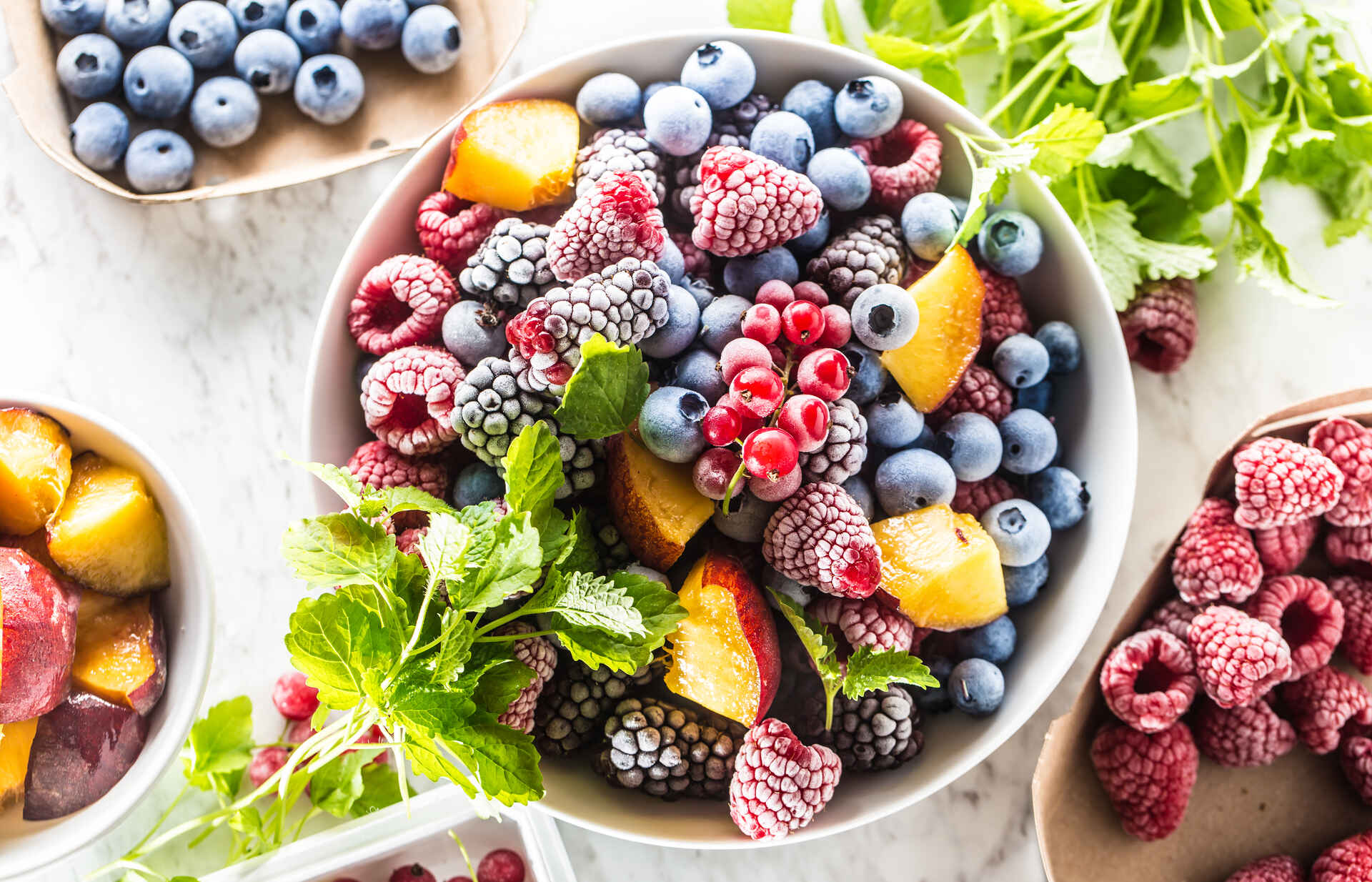

Articles
How To Store Frozen Fruit
Modified: February 28, 2024
Looking for the best methods to store frozen fruit? Check out our informative articles to learn how to properly store your favorite fruits for long-lasting freshness.
(Many of the links in this article redirect to a specific reviewed product. Your purchase of these products through affiliate links helps to generate commission for Storables.com, at no extra cost. Learn more)
Introduction
Welcome to our comprehensive guide on how to store frozen fruit! Whether you have an abundance of fresh fruit from your garden or you simply want to take advantage of seasonal sales, freezing fruit is a fantastic way to preserve its freshness and flavor for future use. Frozen fruit can be used in a variety of delicious recipes, from smoothies and desserts to toppings for cereal or yogurt. Not only does freezing fruit provide convenience, but it also allows you to enjoy your favorite fruits year-round, even when they are out of season.
In this article, we will explore the benefits of storing frozen fruit and provide you with practical tips and techniques to ensure that your frozen fruit retains its quality and taste. We will discuss the importance of choosing the right containers for freezing, the proper preparation of fruit before freezing, and the packaging and labeling of frozen fruit. Additionally, we will provide guidelines on storing frozen fruit in the freezer, as well as tips for maximizing the shelf life of your frozen fruit.
If you’re new to freezing fruit or are curious about specific aspects of this process, don’t worry! Throughout this guide, we will address frequently asked questions to provide further clarity and assist you in making the most of your frozen fruit. By the end of this article, you will have all the knowledge and confidence needed to store frozen fruit effectively and enjoy its deliciousness for months to come.
So, let’s dive in and uncover the secrets to properly storing frozen fruit!
Key Takeaways:
- Enjoy the convenience of year-round fruit availability by properly storing frozen fruit. Preserve freshness, save money, and get creative with versatile recipes using these expert tips.
- Maximize the shelf life of frozen fruit with proper packaging, organized storage, and thoughtful thawing techniques. Savor the taste of summer all year long with these essential guidelines.
Read more: How To Store Frozen Fruit In Freezer
Why Store Frozen Fruit?
There are several compelling reasons why you should consider storing frozen fruit. Let’s explore the benefits:
- Preserves Freshness: Freezing fruit preserves its natural freshness and flavor. The process of freezing quickly locks in the nutrients and prevents the fruit from spoiling, allowing you to enjoy it at its peak even months after it was harvested.
- Year-round Availability: One of the most significant advantages of freezing fruit is that it enables you to enjoy your favorite fruits all year round, regardless of the season. You can indulge in a bowl of mixed berries in the middle of winter or make a tropical smoothie in the midst of a cold spell.
- Convenience: Having frozen fruit on hand provides convenience in meal preparation. It saves you time and effort in peeling, slicing, and dicing fruit whenever you need it. Whether it’s a last-minute dessert or a healthy snack, frozen fruit is readily available for your culinary creations.
- Economical: Freezing fruit allows you to take advantage of sales or buy in bulk when fruits are in season and abundant. By purchasing discounted or bulk quantities of fruit and freezing them, you can save money and reduce waste.
- Versatility in Recipes: Frozen fruit is incredibly versatile and can be used in a wide range of recipes. You can add frozen berries to baked goods, blend them into smoothies, make fruit sauces, or use them as toppings for pancakes, ice cream, or yogurt. The possibilities are endless!
Whether you want to enjoy the flavors of summer during the colder months or have a convenient and nutritious ingredient readily available in your freezer, storing frozen fruit is an excellent choice. Not only does it provide a host of benefits, but it also allows you to get creative in the kitchen and enjoy the natural goodness of fruit throughout the year.
Choosing the Right Containers for Freezing Fruit
When it comes to freezing fruit, selecting the right containers is essential to maintain its quality and prevent freezer burn. Here are some considerations to keep in mind when choosing containers for freezing fruit:
- Airtightness: Opt for containers that are airtight to prevent moisture and air from seeping in. This helps to maintain the freshness and flavor of the fruit and prevents freezer burn.
- Freezer-safe: Ensure that the containers you choose are specifically designed for freezer use. Regular food containers may not be suitable for freezing as they may crack or become brittle at low temperatures.
- Durable: Select containers that are made of sturdy materials such as plastic or glass, which can withstand the freezing process without breaking or warping.
- Size: Consider the size of the containers based on your intended usage. Smaller containers are ideal for individual servings or portioned fruit, while larger containers are suitable for storing family-sized quantities.
- Stackable: If space is a concern in your freezer, choose containers that are stackable. This allows you to maximize the use of vertical space and keep your freezer organized.
- Transparent or Label-friendly: Transparent containers or containers with a label-friendly surface make it easier to identify the fruit and keep track of its storage time. Labelling the containers with the type of fruit and the date of freezing is a good practice.
Some popular container options for freezing fruit include freezer bags, plastic containers with snap-on lids, glass containers with airtight seals, and silicone freezer trays with individual compartments. Each option has its advantages and limitations, so choose the one that best suits your needs and preferences.
Remember to leave some headspace in the containers to allow for expansion as the fruit freezes. This prevents the containers from cracking or bursting. Additionally, remove as much air as possible from freezer bags before sealing them to minimize the risk of freezer burn.
By choosing the right containers for freezing fruit, you can ensure that your fruit stays fresh and delicious until you’re ready to enjoy it in your favorite recipes or as a healthy snack.
Preparing Fruit for Freezing
Preparing fruit properly before freezing is crucial to maintain its quality and ensure optimal results. Here are some steps to follow when preparing fruit for freezing:
- Choose Ripe Fruit: Select ripe and blemish-free fruit for freezing. It is important to use fruit at its peak ripeness to ensure the best flavor and texture after freezing.
- Wash Thoroughly: Rinse the fruit under cold running water to remove any dirt, debris, or pesticides. Gently pat dry with a clean towel.
- Peel and Slice (if desired): Depending on the type of fruit and your preference, peel and slice the fruit into desired sizes. Some fruits, like berries, can be frozen whole, while others, like peaches or mangoes, may need to be peeled and sliced before freezing.
- Remove Pits and Cores: For fruits that have pits or cores, like cherries or apples, remove them before freezing. This will make it easier to use the fruit later without any unwanted parts.
- Use Anti-Browning Methods (if necessary): Certain fruits, such as apples or pears, may brown when exposed to air. To prevent browning, treat the fruit with a solution of lemon juice or ascorbic acid according to the instructions provided. This will help maintain the fruit’s visual appeal.
- Flash Freeze (optional): For fruits that are prone to sticking together, like berries or sliced peaches, consider flash freezing them before transferring to the final containers. Place the fruit in a single layer on a parchment-lined baking sheet and freeze until solid. This prevents the fruit from clumping together, allowing you to easily measure out the desired amount when needed.
Once the fruit is prepared, it is ready to be packaged and frozen. Remember to work quickly during the preparation process to minimize exposure to air and changes in temperature.
With proper preparation, you can preserve the flavor, texture, and nutritional value of the fruit, ensuring that it retains its freshness and taste even after being frozen.
Packaging and Labeling Frozen Fruit
Proper packaging and labeling are crucial steps in storing frozen fruit effectively. These practices help maintain the quality of the fruit, prevent freezer burn, and make it easier to identify and use the fruit later. Follow these guidelines for packaging and labeling your frozen fruit:
- Choose the Right Containers: Transfer the prepared fruit into appropriate freezer-safe containers or bags. Ensure that the containers are airtight and designed for freezing to prevent moisture and air from entering. If using freezer bags, remove as much air as possible before sealing.
- Portion Sizes: Consider your intended usage when portioning the fruit. If you typically use specific quantities in your recipes, portion the fruit accordingly. This can save you time and effort later when you only need to thaw the required amount.
- Labeling: Label each container or bag with the type of fruit and the date of freezing. Use waterproof adhesive labels or write directly on the containers with a permanent marker. This ensures that you can easily identify the fruit and keep track of its storage time.
- Stacking: If using stackable containers, place them neatly in the freezer to optimize space and prevent them from toppling over. Stacking helps maximize the use of vertical space and keep your freezer organized.
- Freezer-Safe Wrapping: If using plastic wrap or aluminum foil, make sure it is freezer-safe. Wrap the fruit tightly to prevent exposure to air and minimize the risk of freezer burn.
- Safe Placement: Store the packaged fruit in the coldest part of the freezer, such as the back or bottom shelf. This ensures that the fruit remains at a consistently low temperature.
By properly packaging and labeling your frozen fruit, you can maintain its quality, easily identify the fruit, and keep track of its storage time. This makes it more convenient to use the frozen fruit when needed and ensures that it retains its freshness and flavor.
When storing frozen fruit, make sure to spread it out in a single layer on a baking sheet before placing it in the freezer. Once frozen, transfer the fruit to a resealable plastic bag for easy storage and access.
Storing Frozen Fruit in the Freezer
When it comes to storing frozen fruit in the freezer, there are a few key considerations to keep in mind to maintain its quality and maximize its shelf life. Follow these guidelines to properly store your frozen fruit:
- Temperature: Set the freezer temperature to 0°F (-18°C) or below. This low temperature helps preserve the quality of the fruit and prevents it from thawing prematurely.
- Proper Placement: Store the packaged fruit in the coldest part of the freezer, such as the back or bottom shelf. This ensures that the fruit remains at a consistently low temperature and does not get affected by the temperature fluctuations caused by opening and closing the freezer door.
- Avoid Overcrowding: Do not overcrowd the freezer with too much fruit or other items. Leave enough space for cold air to circulate and maintain a constant temperature. Overcrowding may result in uneven freezing and potential loss of quality.
- First In, First Out (FIFO) Rule: When adding new batches of frozen fruit to the freezer, follow the FIFO rule- place the new containers or bags behind the existing ones. This ensures that the older fruit is used first and prevents it from getting forgotten and developing freezer burn.
- Frequent Inspections: Regularly inspect the stored frozen fruit for any signs of freezer burn, such as discoloration or ice crystals. If you notice any affected fruit, use it as soon as possible to prevent it from affecting the quality of the other fruit.
- Preventing Temperature Fluctuations: Avoid unnecessary fluctuations in temperature by not leaving the freezer door open for extended periods and minimizing the number of times you open it. Quick access to the fruit reduces exposure to warmer air and helps maintain its quality.
By following these storage guidelines, you can ensure that your frozen fruit retains its quality, flavor, and nutritional value for an extended period. This allows you to enjoy the delicious taste of freshly frozen fruit whenever you desire.
Thawing and Using Frozen Fruit
When it’s time to use your frozen fruit, proper thawing is essential to preserve its texture and flavor. Follow these guidelines to thaw and use your frozen fruit:
- Refrigerator Thawing: The safest method to thaw frozen fruit is in the refrigerator. Simply transfer the desired amount of fruit from the freezer to the refrigerator and allow it to thaw slowly overnight or for a few hours. This gradual thawing helps maintain the fruit’s texture and prevents it from becoming mushy.
- Room Temperature Thawing: If you need to thaw the fruit quickly, you can do so at room temperature. Place the desired amount of frozen fruit in a bowl and leave it at room temperature for 30 minutes to an hour. Keep an eye on it to ensure that it doesn’t thaw for too long, as this can lead to texture degradation.
- Microwave Thawing: Another quick thawing method is to use the microwave. Place the frozen fruit in a microwave-safe bowl and use the defrost setting or low power level in short intervals. Stir the fruit occasionally to ensure even thawing. Be cautious not to overheat or cook the fruit in the process.
- Using Frozen: Some recipes, such as smoothies or baked goods, may not require you to thaw the frozen fruit fully. You can add the fruit directly to the recipe without thawing. Just remember that the texture may be slightly different, and you may need to adjust the cooking or blending time accordingly.
- Drippings: Keep in mind that thawed fruit may release some liquid or juice. To prevent excess moisture in recipes, drain the fruit if necessary before using it.
Once the frozen fruit is thawed, you can use it in a variety of ways. Add it to smoothies, yogurts, or cereals for a burst of fruity flavor. Use it as a topping for pancakes, waffles, or ice cream. Incorporate it into baked goods like pies, muffins, or cobblers. The options are endless!
Remember that once the fruit is thawed, it is best to use it within a few days for optimal freshness. If you don’t use all the thawed fruit, you can refreeze it, but be aware that the texture may suffer slightly after being thawed and refrozen.
By following these thawing methods and incorporating your thawed fruit into various recipes, you can enjoy the delicious taste and nutritional benefits of your frozen fruit year-round.
Tips for Maximizing the Shelf Life of Frozen Fruit
To ensure that your frozen fruit stays fresh and flavorful for as long as possible, here are some tips to maximize its shelf life:
- Proper Packaging: Package the fruit tightly in airtight containers or freezer bags to prevent air and moisture from entering. This helps minimize the risk of freezer burn and maintain the fruit’s quality.
- Date and Label: Always label the containers or bags with the type of fruit and the date of freezing. This allows you to keep track of the storage time and prioritize the use of older fruit first.
- Organized Storage: Keep your frozen fruit well-organized in the freezer, following the first in, first out (FIFO) rule. Properly stack and arrange the containers to avoid damage and ensure easy access to the fruit.
- Minimal Temperature Fluctuations: Avoid frequent thawing and refreezing of the fruit, as this can lead to a loss of quality. Keep the freezer temperature consistent and avoid leaving the freezer door open for extended periods.
- Freeze at Peak Ripeness: Freeze the fruit when it is at its freshest and ripest. This ensures that you preserve the best flavors and textures and get the most out of your frozen fruit.
- Portion Control: Pre-portion the fruit before freezing, so you can thaw only the amount you need at any given time. This helps minimize waste and allows you to enjoy the fruit without compromising its quality.
- Proper Wrapping: If using plastic wrap or aluminum foil, ensure it is freezer-safe and wrap the fruit tightly to prevent exposure to air. This helps maintain the fruit’s freshness and prevents freezer burn.
- Regularly Inspect: Routinely check the frozen fruit for any signs of freezer burn, discoloration, or texture changes. Remove any affected fruit promptly to prevent it from affecting the quality of the other fruit.
- Use within Recommended Time: While frozen fruit can last for several months to a year, it is best to use it within the recommended time frame for optimal flavor and quality. Check specific guidelines for different types of fruit.
By following these tips, you can ensure that your frozen fruit stays fresh, delicious, and nutritious for an extended period. Enjoy the convenience of having your favorite fruits readily available and savor the taste of summer all year long!
Frequently Asked Questions about Storing Frozen Fruit
Here are some common questions and answers about storing frozen fruit:
- Can all types of fruit be frozen?
- Can I freeze fruit that is already ripe?
- Is it necessary to blanch fruit before freezing?
- What is freezer burn?
- Can I refreeze thawed fruit?
- How long can I store frozen fruit?
- Can I freeze fruit in glass containers?
- Can I freeze fruit in plastic bags?
- Can I freeze fruit with added sugar?
- How can I prevent my frozen fruit from sticking together?
Most types of fruit can be frozen successfully. However, some fruits, like citrus fruits (oranges, lemons, etc.), grapes, and melons, may not freeze well as their texture can be affected. It’s best to research specific fruit varieties before freezing.
Yes, you can freeze ripe fruit. Freezing ripe fruit helps lock in its flavor and freshness. However, keep in mind that texture may change slightly after thawing.
Blanching is not necessary for most fruits before freezing. Blanching is primarily recommended for vegetables to retain their texture and color.
Freezer burn occurs when food is exposed to air in the freezer, leading to dehydration and changes in its texture and flavor. To prevent freezer burn, use airtight containers or freezer bags and ensure proper sealing.
It is generally safe to refreeze thawed fruit if it has been handled and stored properly. However, keep in mind that the texture may suffer slightly after being thawed and refrozen. It’s best to use refrozen fruit in cooked or blended recipes rather than consuming it as is.
The storage time for frozen fruit varies depending on the type of fruit and the quality of freezing. Generally, frozen fruit can be stored for 8 to 12 months. However, it is best to consume it within the first few months for optimal flavor and quality.
Yes, you can freeze fruit in glass containers, provided they are labeled as freezer-safe and designed for freezing. Make sure to leave sufficient headspace in the container for expansion during freezing.
Yes, plastic freezer bags are a popular choice for freezing fruit. Opt for thick, quality freezer bags and remove as much air as possible before sealing to minimize the risk of freezer burn.
While it is possible to freeze fruit with added sugar, it is not necessary. Freezing fruit in its natural state can help preserve its flavor and freshness without the need for additional sweeteners.
To prevent frozen fruit from sticking together, ensure that the fruit is dry when placed in the containers or bags. Consider flash freezing individual pieces of fruit on a baking sheet before transferring them to containers to avoid clumping.
These answers should provide a better understanding of storing frozen fruit and address common concerns. Remember to check specific guidelines for different fruits and adjust your storage techniques accordingly for the best results.
Conclusion
Storing frozen fruit is a fantastic way to preserve the freshness and flavors of your favorite fruits, allowing you to enjoy them throughout the year. By following the proper techniques discussed in this comprehensive guide, you can maximize the shelf life of your frozen fruit and ensure that it retains its quality and taste.
Choosing the right containers, properly preparing the fruit, and packaging and labeling it appropriately are crucial steps in the freezing process. Storing the frozen fruit in a well-organized freezer and thawing it properly when needed are equally important. By following these guidelines, you can enjoy the convenience and versatility of having frozen fruit readily available for a wide range of recipes and occasions.
Remember to maximize the shelf life of your frozen fruit by practicing proper portion control, minimizing temperature fluctuations, and regularly inspecting and using the fruit within the recommended storage time. By doing so, you can ensure that your frozen fruit maintains its optimal flavor, texture, and nutritional value.
Whether you’re freezing fresh fruit from your garden or taking advantage of seasonal sales, storing frozen fruit allows you to enjoy the taste of summer all year long. So, stock up on your favorite fruits, follow these guidelines, and savor the goodness of frozen fruit in your meals, snacks, and desserts!
Frequently Asked Questions about How To Store Frozen Fruit
Was this page helpful?
At Storables.com, we guarantee accurate and reliable information. Our content, validated by Expert Board Contributors, is crafted following stringent Editorial Policies. We're committed to providing you with well-researched, expert-backed insights for all your informational needs.
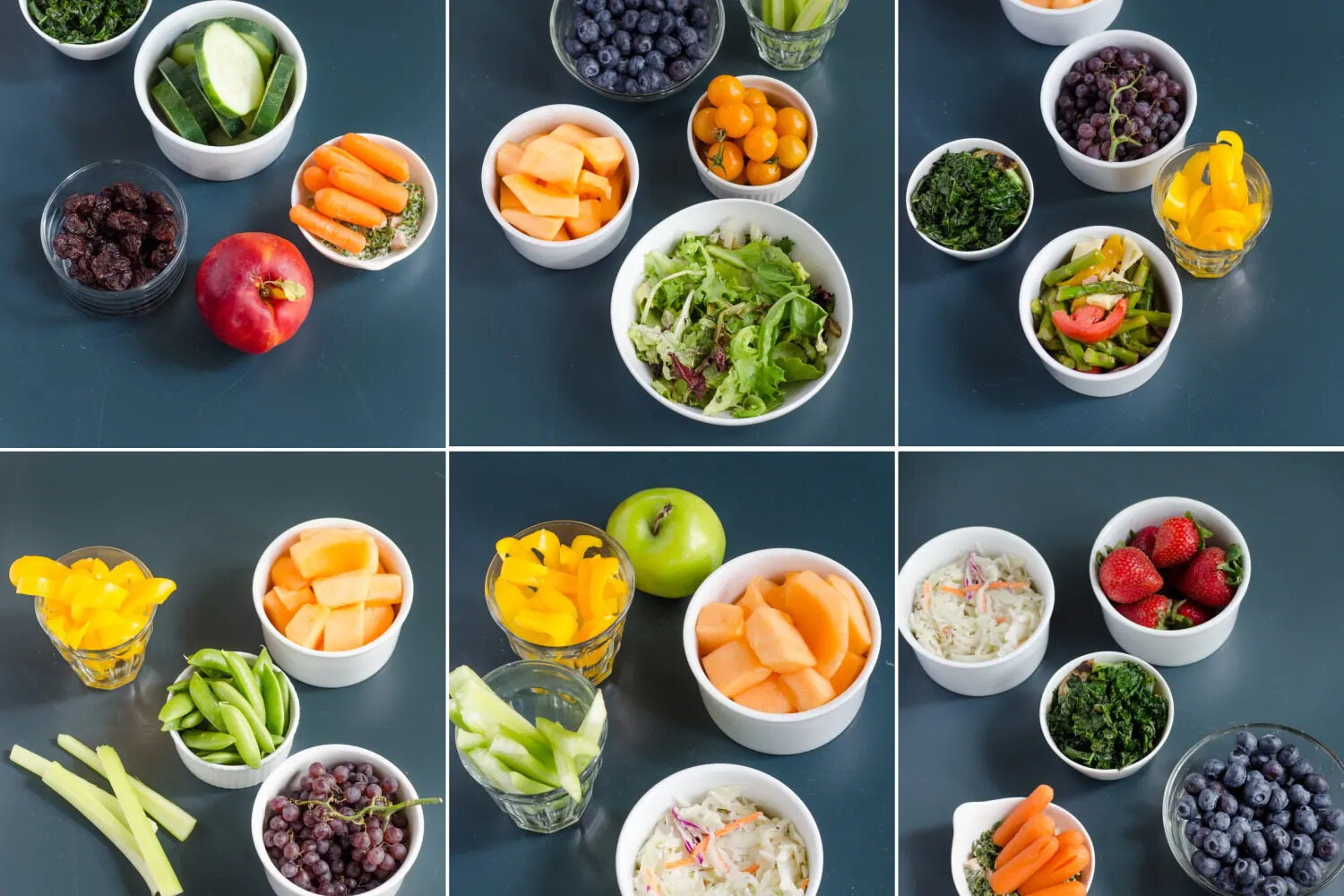
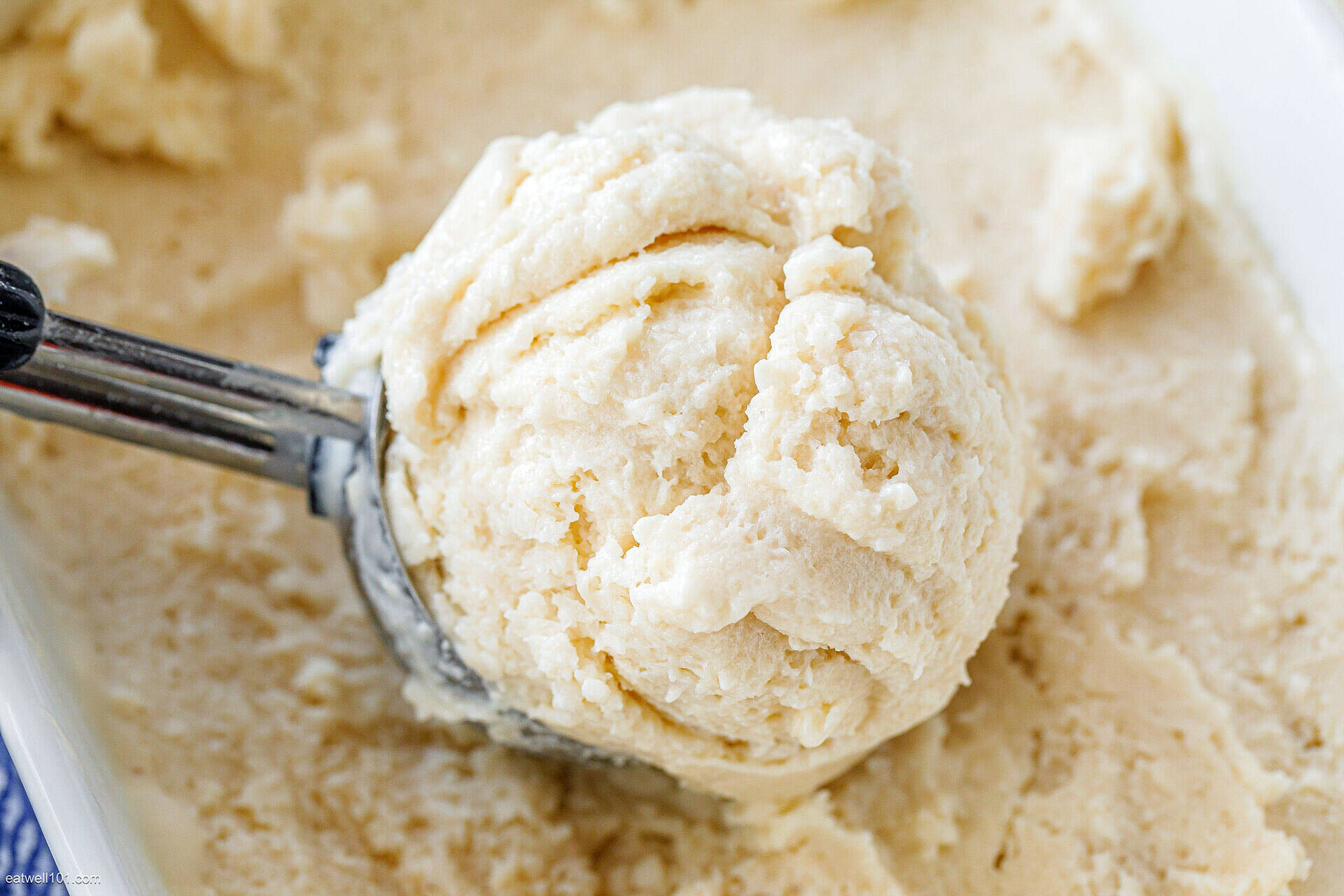
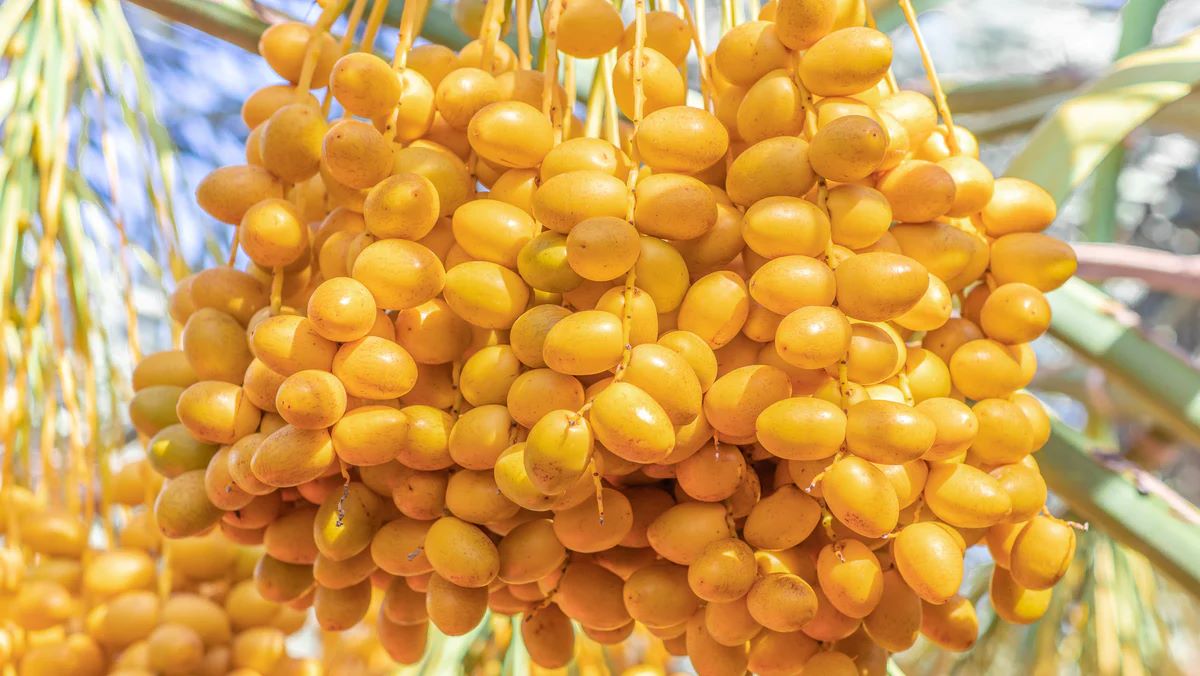
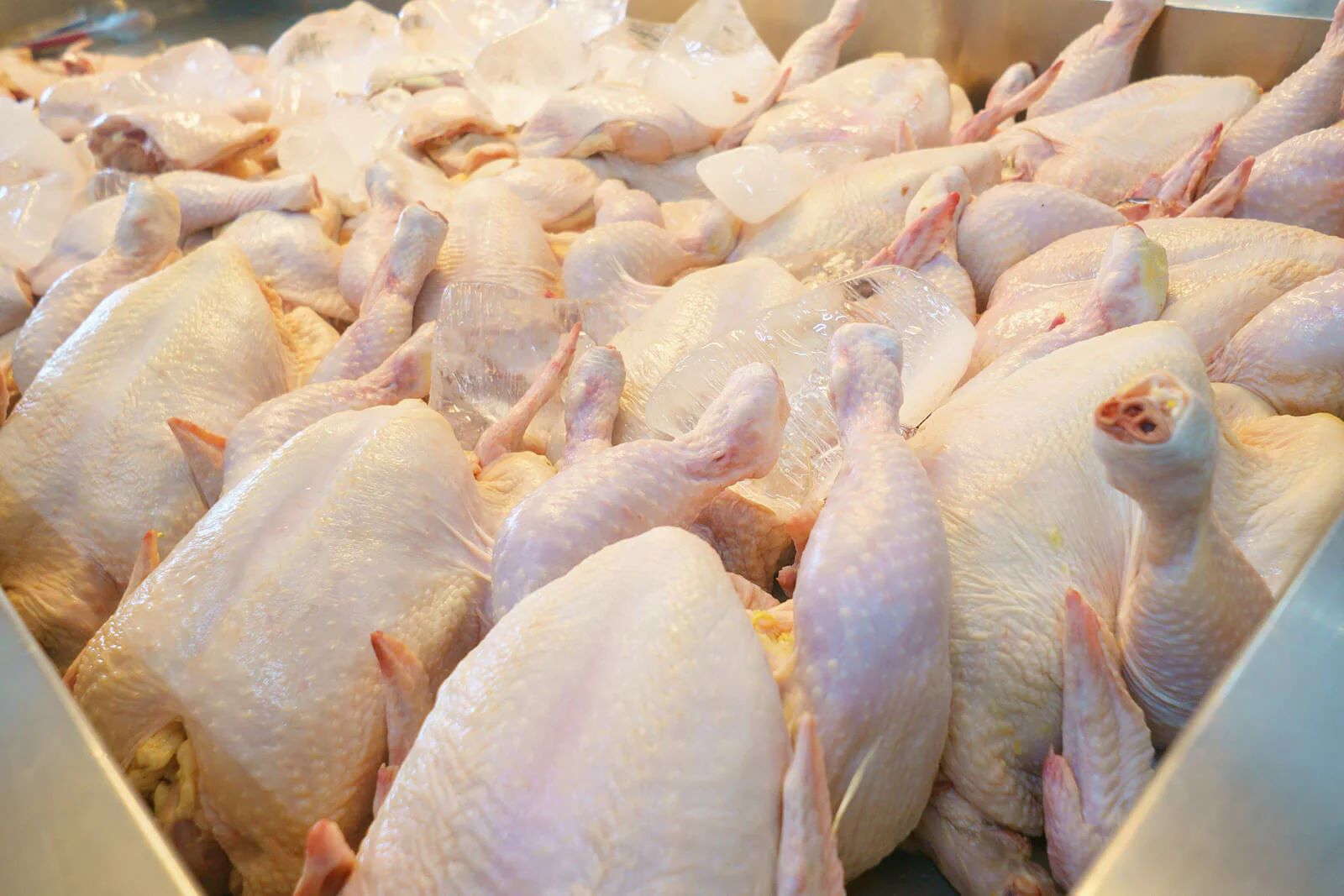

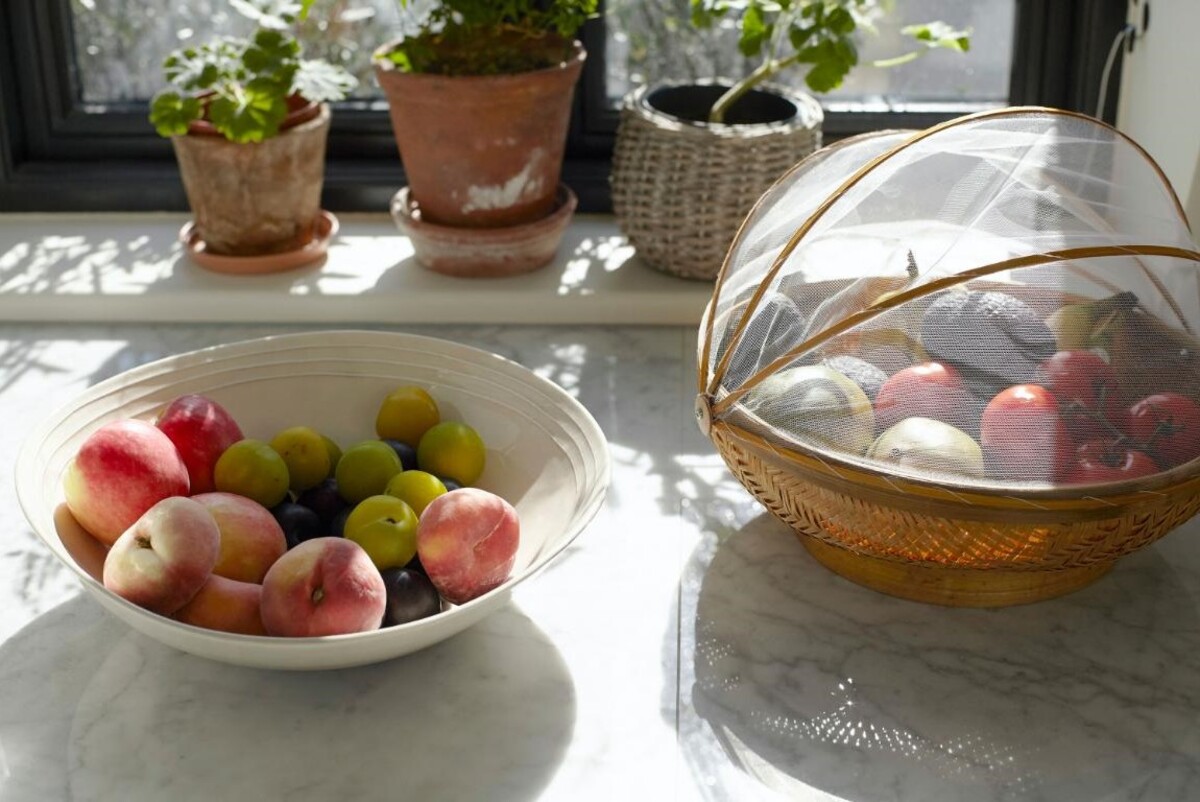

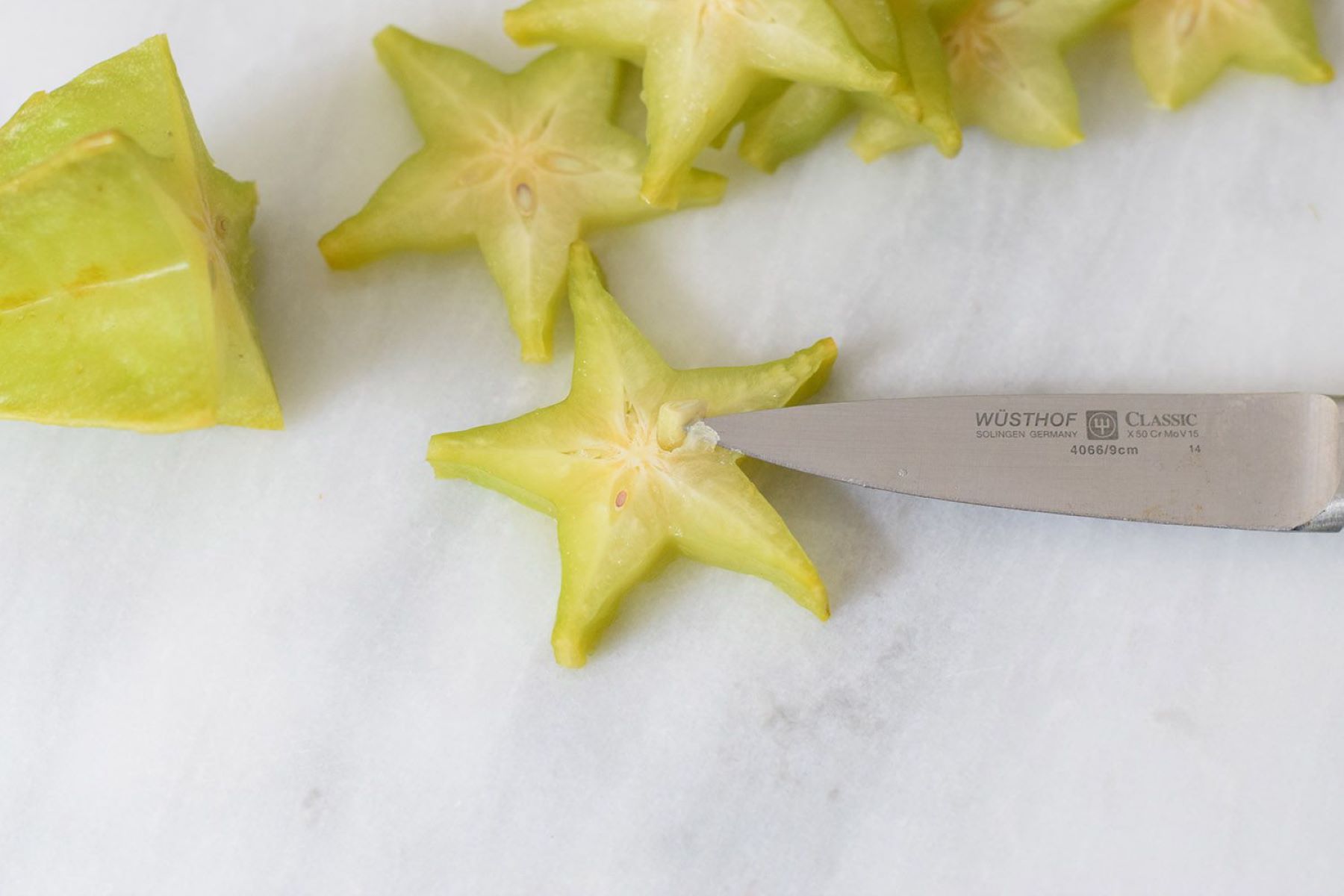
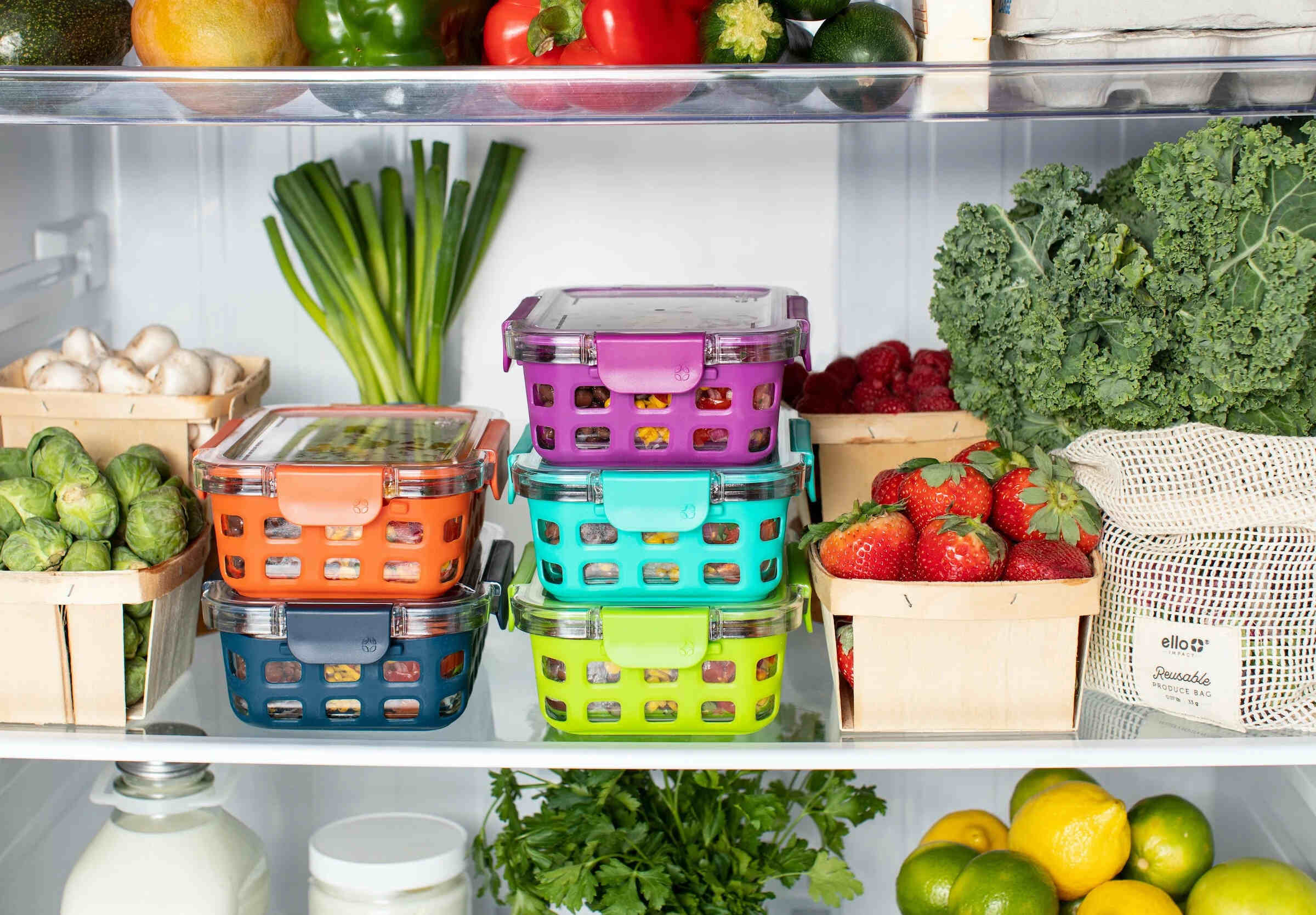
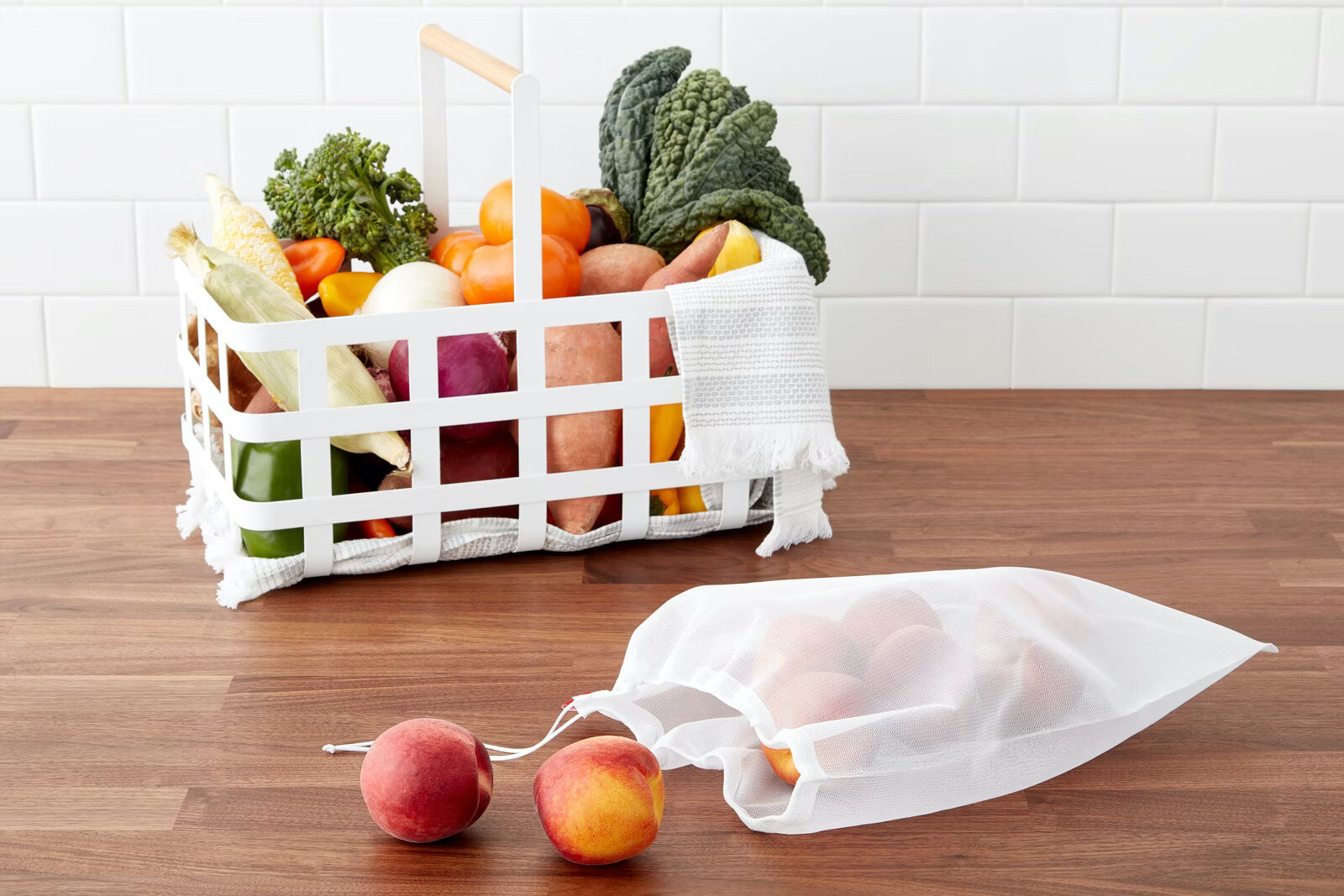
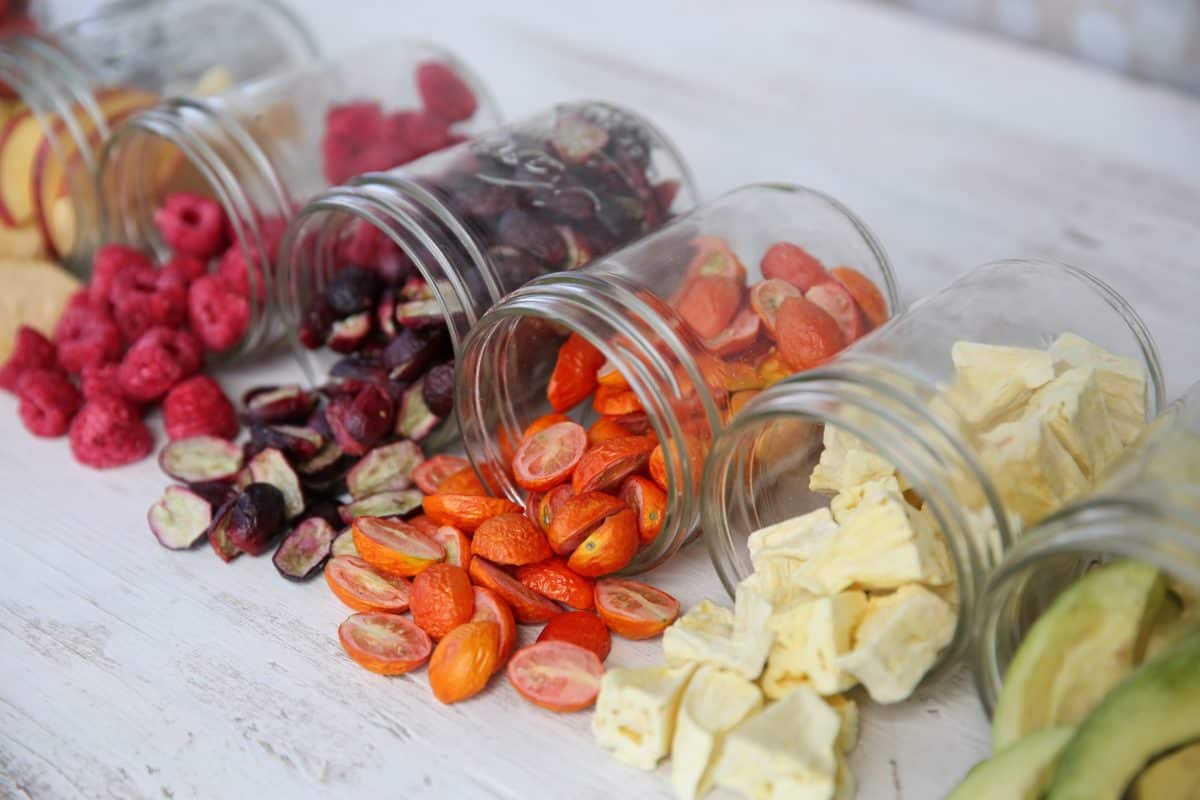
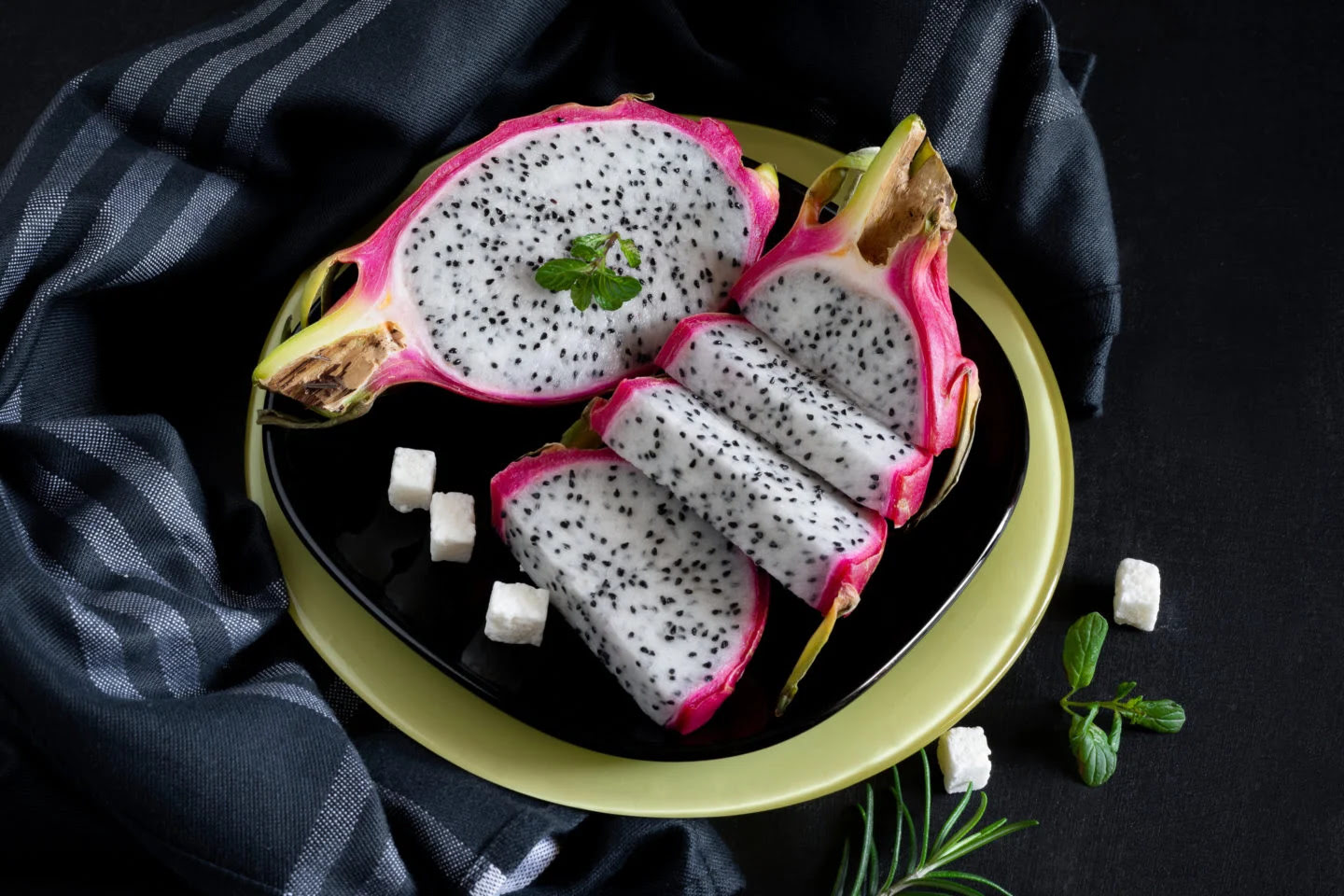
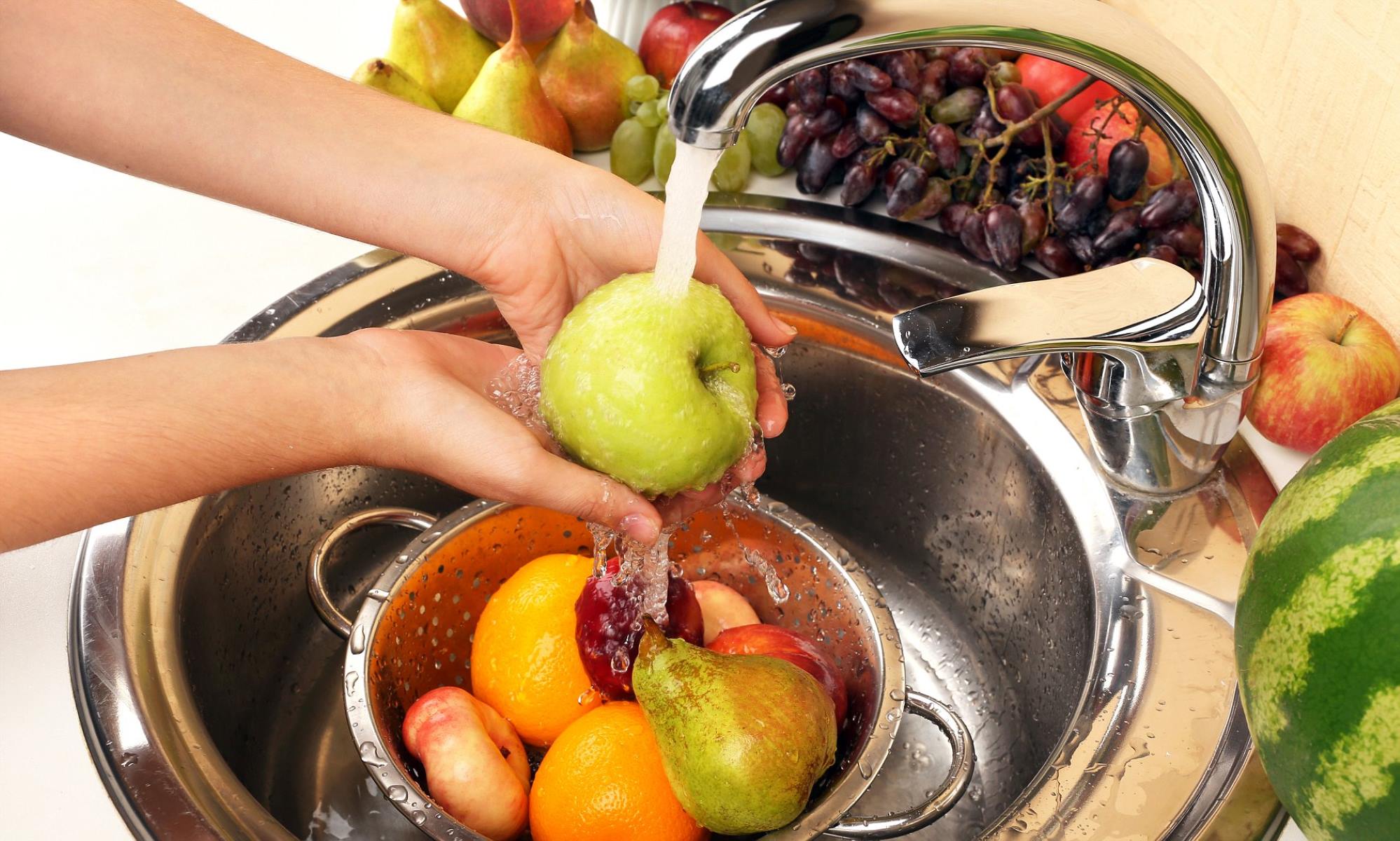

0 thoughts on “How To Store Frozen Fruit”